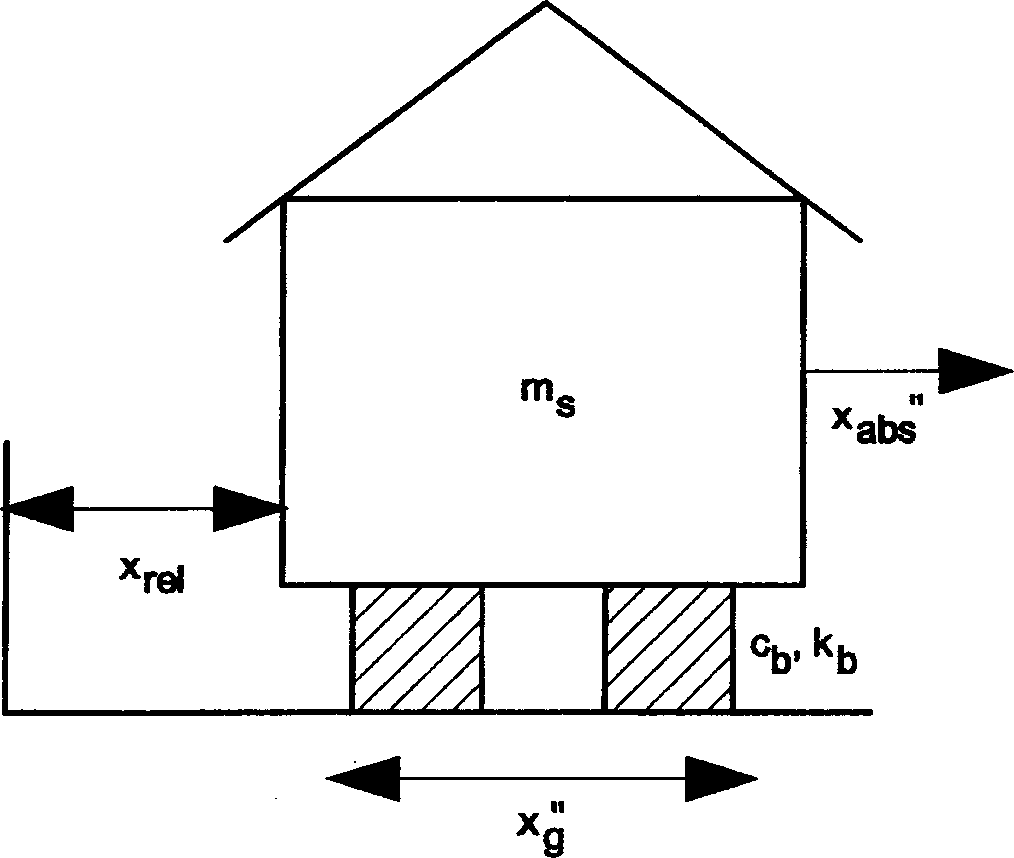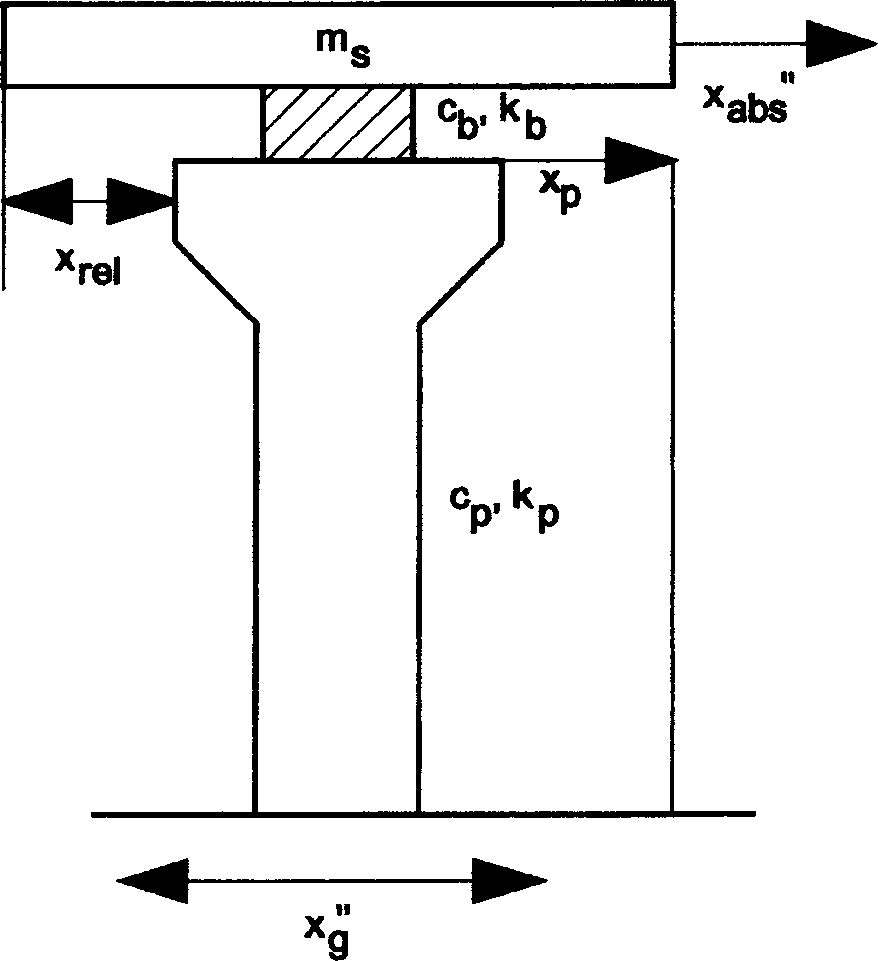Shock isolation support
A technology of shock-isolation bearings and support surfaces, which is applied in the direction of earthquake resistance, bridges, bridge parts, etc., and can solve problems such as excessive displacement, permanent displacement, and width limitation
- Summary
- Abstract
- Description
- Claims
- Application Information
AI Technical Summary
Problems solved by technology
Method used
Image
Examples
Embodiment Construction
[0025] see figure 2 with 3 , the first form of the shock-isolation bearing 10 of the invention is shown in the figure. The isolation support 10 includes a lower plate 12, which is connected to the base, an upper plate 14, which is connected to the upper structure to protect the structure from earthquake excitation, and a roller 16, which is connected to the upper surface 18 of the lower plate 12 and the upper surface 18 of the upper plate 14. The lower surface 20 is in rolling contact. The lower plate 12 and the upper plate 14 are adapted to the corresponding base and structure, and there are many anchor holes (not shown in the figure) in the vertical direction, in response to the special environment where the support 10 is placed, and cement anchors or other suitable fasteners connect. The shock-isolation bearing 10 is mainly used for Figure 1A In the seismic isolation of the shown bridge isolation system, the lower plate 12 is connected to the bridge pier, and the upper...
PUM
 Login to View More
Login to View More Abstract
Description
Claims
Application Information
 Login to View More
Login to View More - R&D
- Intellectual Property
- Life Sciences
- Materials
- Tech Scout
- Unparalleled Data Quality
- Higher Quality Content
- 60% Fewer Hallucinations
Browse by: Latest US Patents, China's latest patents, Technical Efficacy Thesaurus, Application Domain, Technology Topic, Popular Technical Reports.
© 2025 PatSnap. All rights reserved.Legal|Privacy policy|Modern Slavery Act Transparency Statement|Sitemap|About US| Contact US: help@patsnap.com



